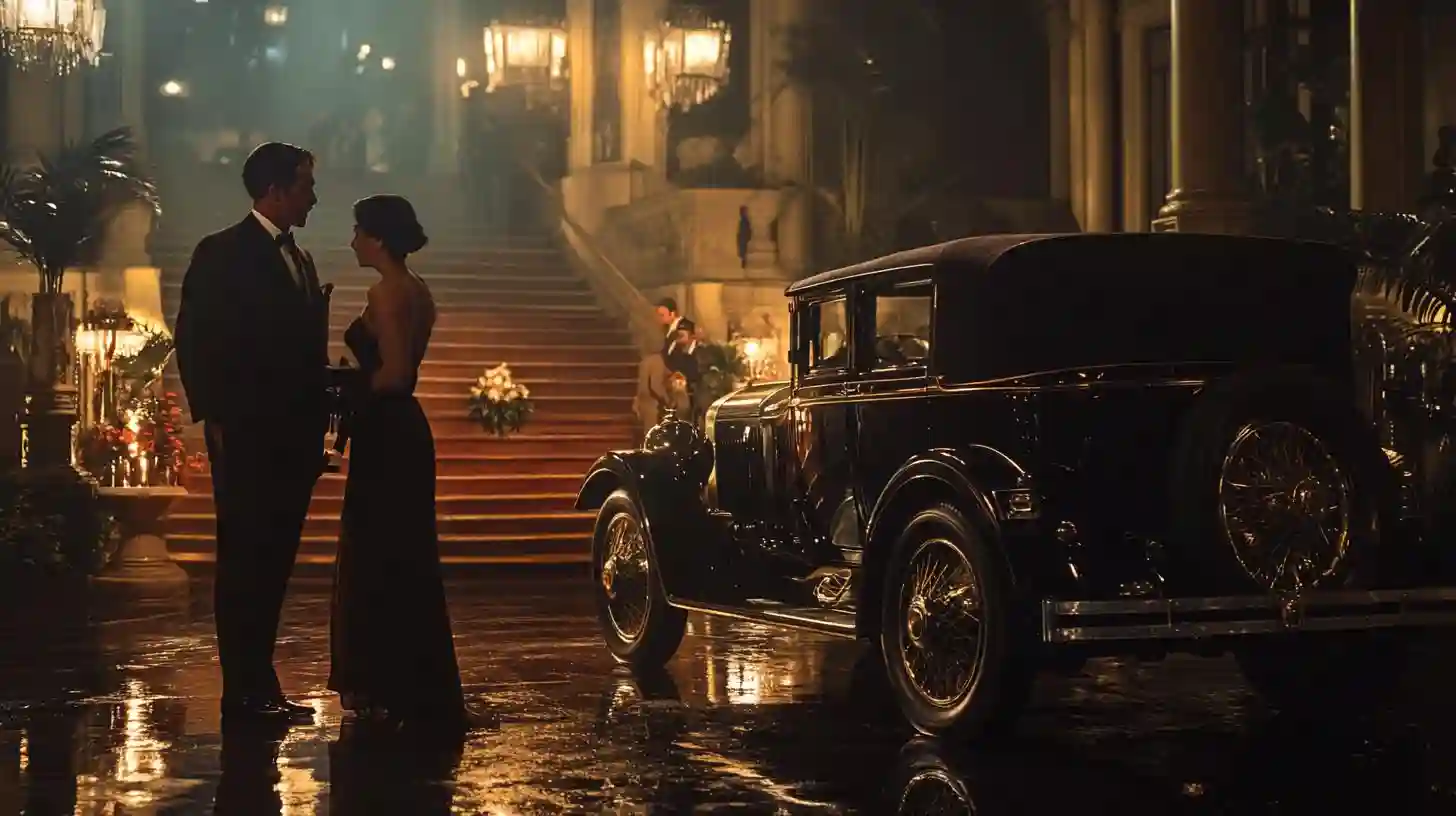
The late 1920s marked a transformative period in Hollywood, captivating audiences with a compelling blend of glamour and grit that shaped the golden age of cinema. This era, often referred to as the Roaring Twenties, was characterized by both cultural upheaval and a flourishing of artistic expression. The film industry was evolving rapidly, moving from silent films to the introduction of “talkies,” which brought with it a new wave of creative possibilities. As the first sound films hit the screen, they not only revolutionized storytelling but also altered the very fabric of Hollywood itself.
The glamour of this period is perhaps best symbolized by the iconic stars who graced the silver screen. Figures such as Clara Bow, the epitome of the flapper spirit, became household names, representing a shift towards a more liberated and carefree lifestyle that resonated with audiences. Bow’s performances in films like “It” captured the essence of youthful exuberance and the allure of modern femininity, allowing viewers to escape into a world of luxury and romance. Alongside her, stars such as Rudolph Valentino and Joan Crawford ensnared public fascination with their charisma and talent, embodying a culture drawn to style and charm.
Behind the scenes, the glitz and glamour of Hollywood were juxtaposed with a more challenging reality. The film industry was undergoing significant changes—the transition from silent films to synchronized sound was fraught with technological, artistic, and economic challenges. Many actors and actresses who thrived in the silence of early cinema found themselves struggling to adapt to the new norms of performance. This shift also resulted in a fierce competition among studios vying for supremacy in an evolving market, pushing filmmakers to innovate while grappling with the technical limitations of the time. The advent of synchronized sound was particularly revolutionary; it altered the dynamics of film production and storytelling, allowing for more complex narratives and richer character development.
Yet, the allure of Hollywood did not solely stem from its radiant stars and technological advancements. The backdrop of societal change that swept through the 1920s contributed to the films’ thematic substance. The tumultuous decade was marked by economic prosperity, but it also bore the scars of World War I, Prohibition, and the fight for women’s rights. Filmmakers began to tackle social issues, depicting the realities of life with an honesty that sometimes belied the glamour on screen. Movies began to reflect the zeitgeist, capturing the disillusionment of wartime and the realities of life in a fast-changing society. These narratives appealed to viewers who sought not just escapism but also a connection to the world they inhabited.
Film noir, which would later explode in popularity, began to seed its roots during this era. The fascination with moral ambiguity, complex characters, and the darker side of human nature emerged as filmmakers experimented with storytelling. This inherent contrast of glamour and grit was reflected through narratives that explored themes of ambition, betrayal, and the quest for identity, showcasing a more nuanced and gritty approach to storytelling. Directors began to experiment with lighting, camera angles, and sound design, creating a new cinematic language that would evolve tremendously over the decades.
Alongside the rise of sound films, the late 1920s also ushered in the era of the studio system. Major studios like MGM, Paramount, and Warner Bros. established a robust infrastructure of talent management, production, and distribution, creating a vertical integration that dominated the industry. These studios cultivated stars and created a stable of talent that fed into their narrative demands. Contracts were binding, and an assembly-line approach to filmmaking emerged, with stars and filmmakers often playing in multiple projects, thus reinforcing the glamorous yet controlled machinations of Hollywood.
Audiences of the time were captivated by not just the stories being told but by the entire spectacle of cinema. The shiny marquees, elaborate premieres, and red carpet events became a part of the public consciousness, presenting an image of a world that felt tantalizingly out of reach. The sound of jazz filled the air, and the cultural revolution celebrated art, music, and fashion, merging seamlessly with the escapism offered by the films. This was a time when America was looking forward, fueled by optimism and the belief in possibility, and Hollywood stood at the forefront, dazzling the world with its unique blend of magic and realism.
As the decade came to a close, the foundations laid during this period would resonate for generations, influencing filmmaking and popular culture. The glamour and grit of late 1920s Hollywood remain a captivating chapter in the history of cinema, serving as a testament to the resilience of art in the face of change, the creative spirit of storytellers, and the undying allure of stars who continue to shine bright in the collective memory of film lovers everywhere.